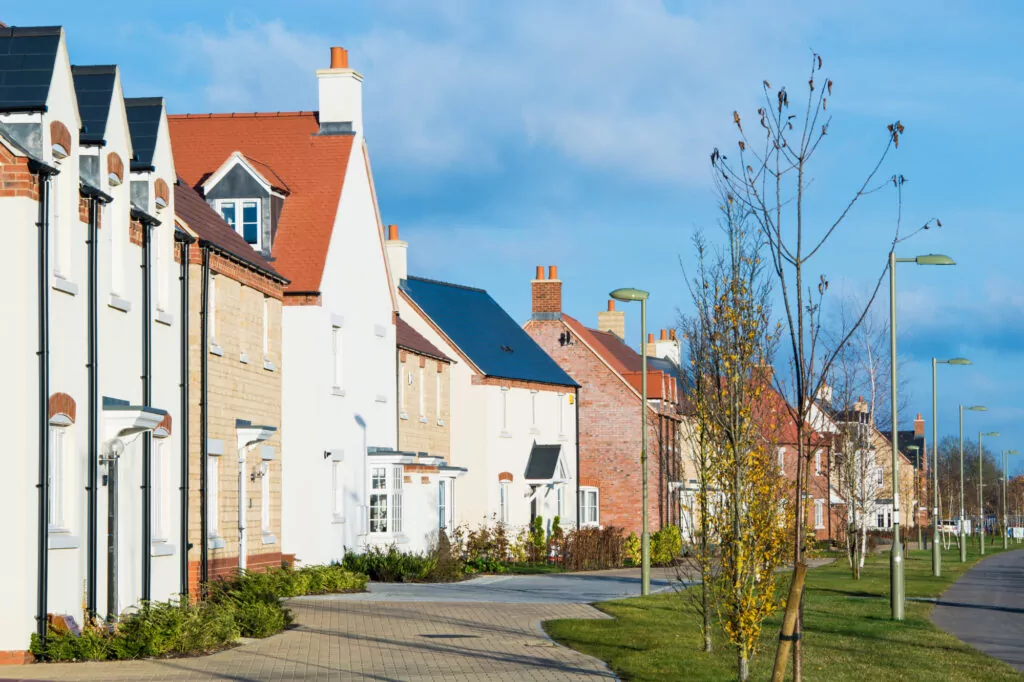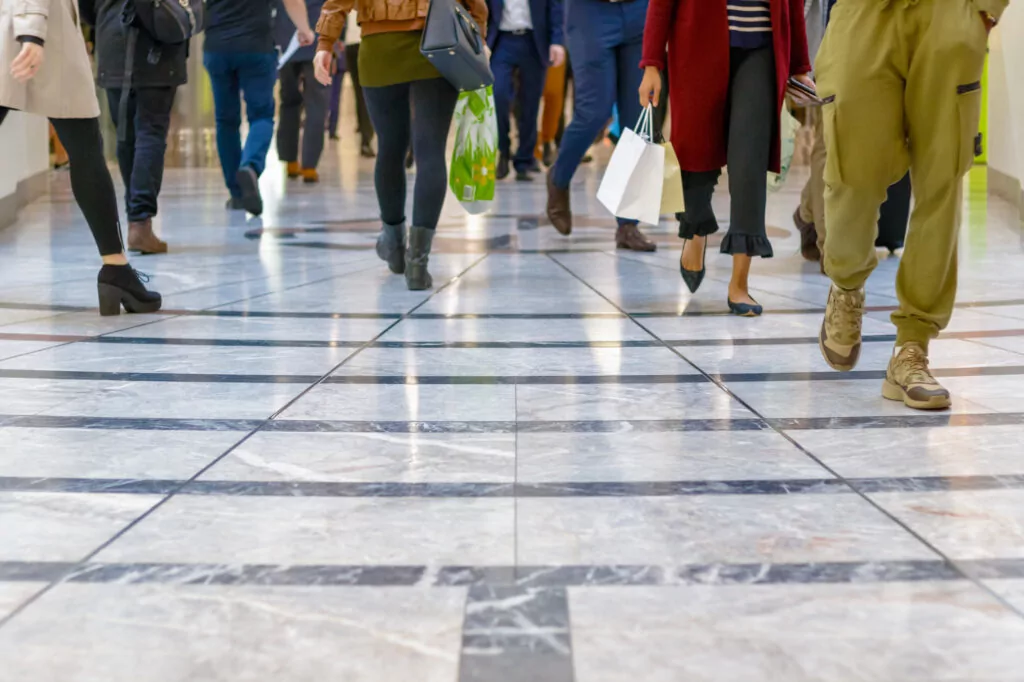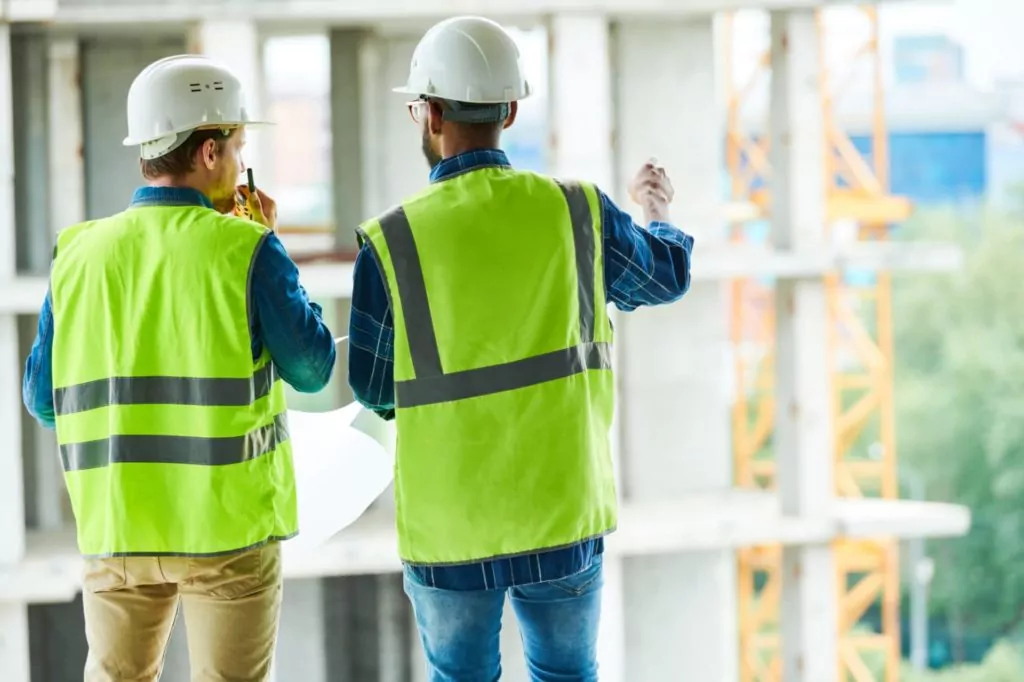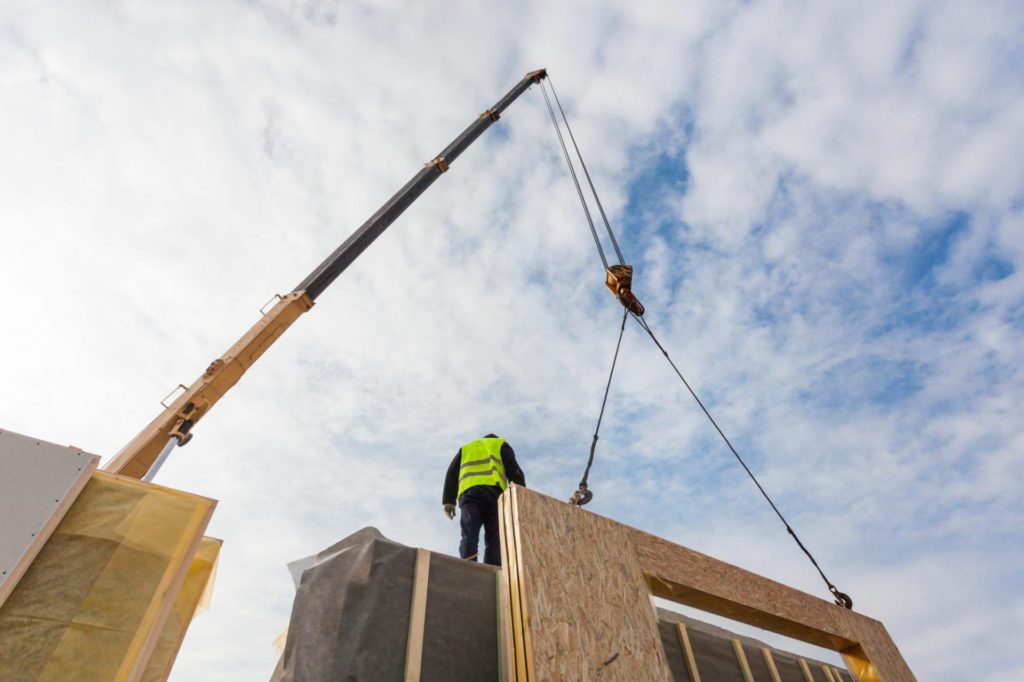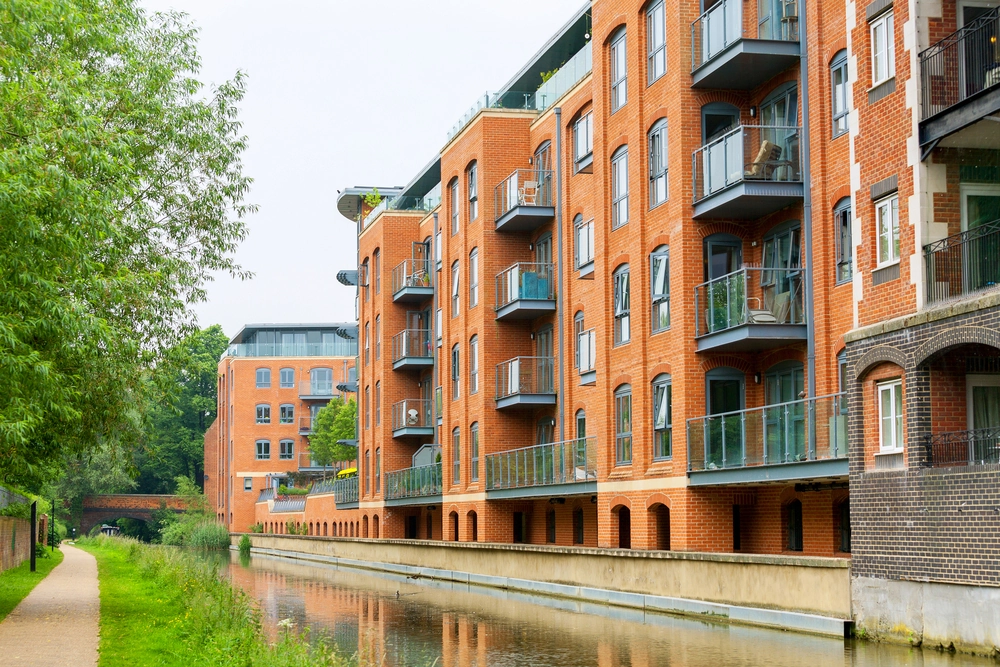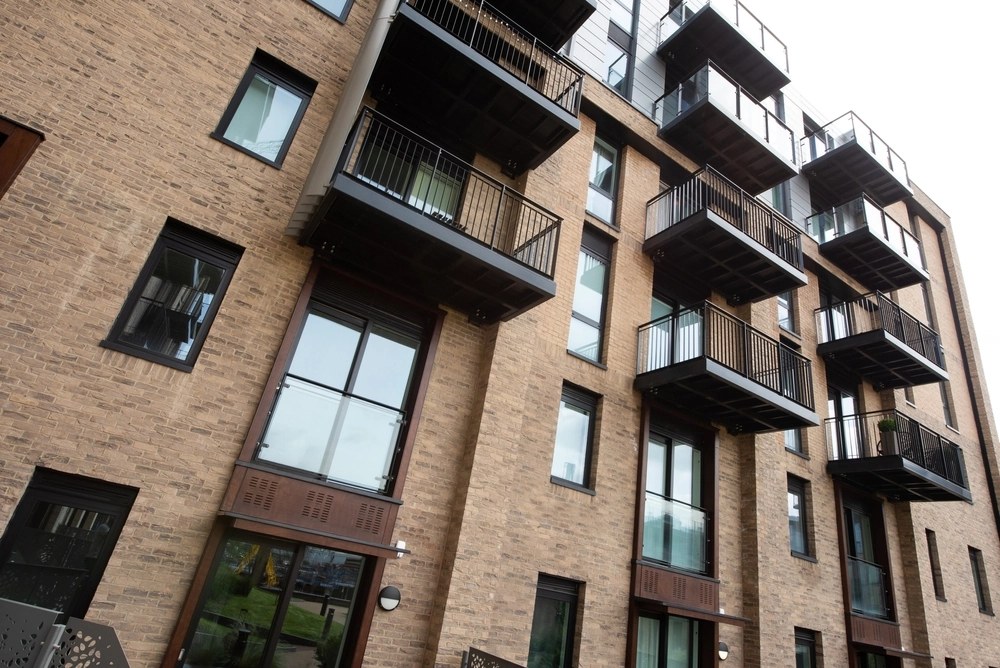
The Building Safety Levy – what you need to know

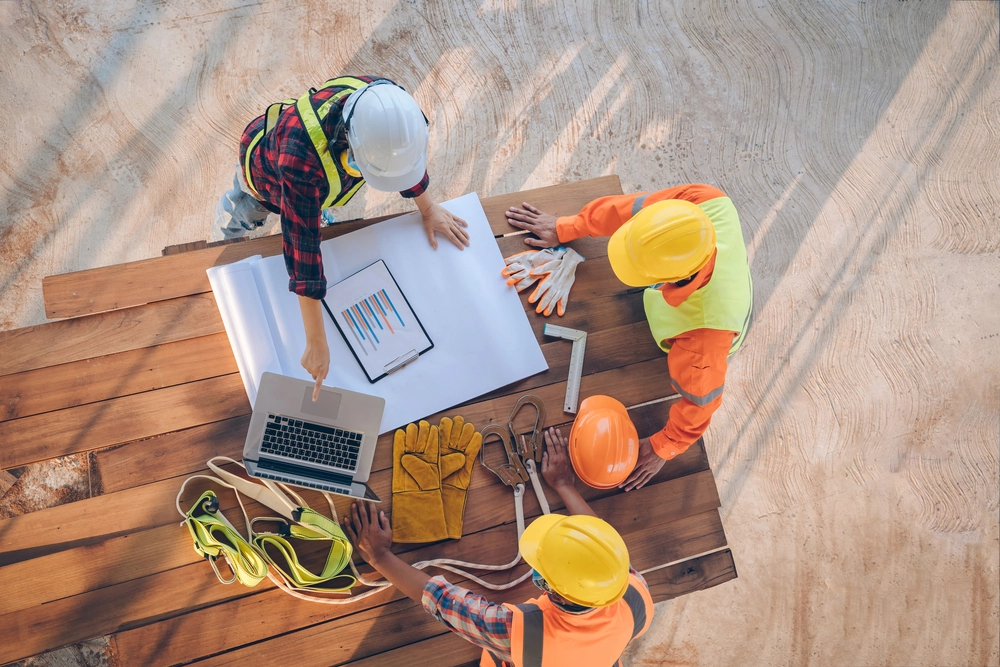
The basics
Purpose: The Building Safety Levy ("the Levy") is a proposed initiative to fund the removal of unsafe cladding and improve safety in high-rise buildings, in response to the 2017 Grenfell Tower fire.
Scope: The Levy applies to residential buildings that are either new or undergoing significant renovations. It targets primarily high-rise buildings but may also affect other structures that require specific safety measures.
Implementation: The UK Government has confirmed that the Building Safety Levy, which will apply to all new dwellings and purpose-built student accommodation in England requiring a building control application, will now take effect in Autumn 2026. This is a delay from the originally planned Autumn 2025, as outlined in the Remediation Acceleration Plan published in December 2024.
The delay provides local government, the Building Safety Regulator, and registered building control approvers with 18 months to prepare, while giving housing developers time to factor the levy costs into their financial plans.
Overall, the Levy aims to raise funds for improving building safety and to hold developers accountable for ensuring safe living conditions in high-rise buildings.
What does this mean?
Principles of the Levy
The Levy aims to ensure that taxpayers and leaseholders are not burdened with the costs of remediating building safety defects.
The initiative is effectively a way to hold developers accountable for necessary safety improvements, particularly in buildings with unsafe cladding.
There are concerns that imposing the Levy on developers could lead to unintended consequences, such as a reduction in the quality, sustainability, or size of new homes. There is a risk that developers may reduce these factors in an effort to offset the additional costs of the Levy in an attempt to preserve profit margins. In turn, this could leave developers open to disputes concerning quality of work and materials.
How much will developers have to pay?
The rate for the Levy will be determined based on a 'per square metre' measurement rather than a 'per unit' of residential building although the exact methodology for measuring floor space is currently unclear.
What happens if developers don’t pay?
If the Levy is not paid, building control completion certificates will not be issued by the Local Authority.
What if you are a new developer?
Developers will be required to financially contribute to the costs of remediation for buildings with unsafe cladding or other safety issues regardless of whether you are a new or an established developer.
The collected funds will support the remediation process and help create a safer built environment, but some may see this as unfair given that any new developments will be subject to the Levy and the funds will effectively be used to pay for the mistakes of others.
Could all of this backfire?
The UK government plans to apply an exemption to developments that have already begun the building control process before the 'launch date' from the Levy. However, developments that submit building control applications or initial notices on or after the 'launch date' will be subject to the charge. Since the launch date has not yet been specified, it remains uncertain whether developers will have enough time to prepare for the associated cost and cash flow impacts.
The longevity of the Levy is uncertain. While the UK Government has indicated that it will be enforced until their £3 billion target is reached, there has been no clarification on whether the Levy will be abolished once that target is met.
There is a risk that developers may hold off proceeding with any planned developments until further clarification is provided on this, particularly until the target is reached which could mean that in the future, developers may no longer be required to contribute towards the Levy. On the other hand, there may well be a huge rush for developers to commence the building control process before the Levy is launched which could lead to problems later down the line.
Other financial contributions to consider
- Developers will need to be mindful that the Levy will need to be paid alongside the Residential Property Developer Tax which was introduced also to address the costs associated with rectifying building safety issues. Paying this alongside the Levy could be seen as an attempt at double recovery to address virtually the same issues.
- By introducing yet another payment that will need to be met by developers there is a risk that it could lead to a longer housebuilding process and higher prices for new-build homes as developers attempt to pass on the added costs to homebuyers, thereby shifting the financial burden of building safety remediation onto them.
Click here to see our fact sheet on the Levy and Remediation Acceleration Plan.
If you have any questions or concerns regarding the Building Safety Levy please contact Dickon Court or Chloe Wood in our contentious construction team.



